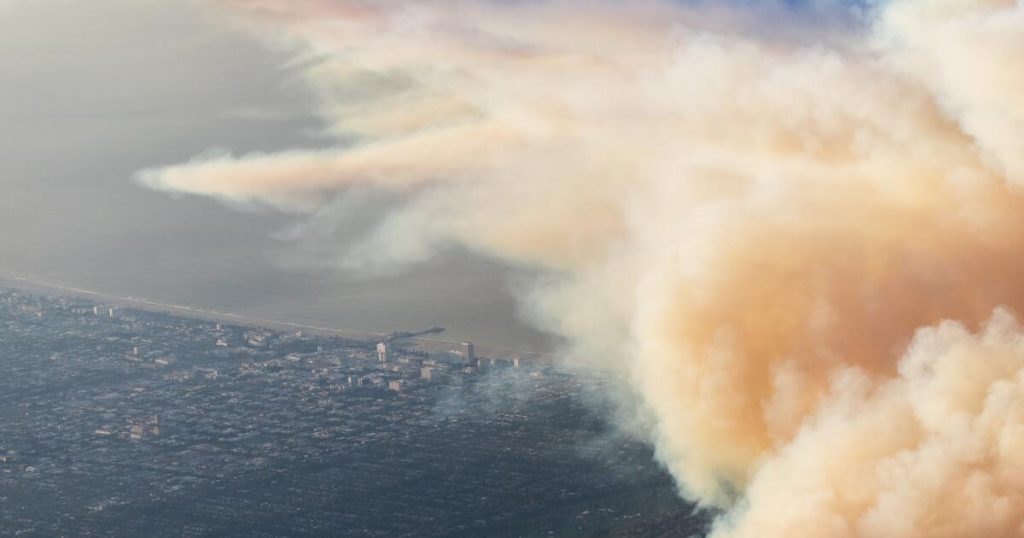
Los Angeles County emergency management officials on Saturday issued a series of flawed emergency alerts urging millions of residents across Los Angeles to prepare to evacuate as the fires continue to engulf the county’s emergency notification system. announced that the review has almost been completed.
Kevin McGowan, director of the Los Angeles County Emergency Management Agency, said at a morning news conference that the problem was caused by a software system glitch.
He said county officials are working with federal and state officials and cell phone providers to ensure old alerts are cleared from the system so people don’t continue to receive alerts that aren’t intended for them. .
To ensure the problem does not continue, the county announced Friday that future emergency alerts sent to cellphones within a designated geographic area will be sent from a county-operated platform to a state-run website operated by the California Governor’s Office of Emergency Services. We have started migrating to the system.
“We believe this process is nearly complete and are working with our federal partners and providers to ensure this false alarm does not occur again,” McGowan said.
False messages were sent to residents’ mobile phones multiple times on Thursday and Friday, including late at night, causing confusion and panic across the vast county of 10 million people. Residents in the city were already on high alert after fires raged from the Pacific Palisades to Altadena, killing at least 13 people and damaging or destroying more than 12,000 structures.
“This is an emergency message from the Los Angeles County Fire Department,” the alert read. “An evacuation warning has been issued for your area.”
McGowan said the first false alarm went off around 4 p.m. Thursday, blaming a software glitch that mistakenly issued a countywide evacuation alert instead of a targeted alert for affected residents. He claimed that.
According to a preliminary assessment, the false echo alarms that kept going off Friday occurred when a cellphone tower that was initially destroyed by fire was being restored, McGowan said. Old alerts were saved on the system and began being made available to the public after the tower came back online.
“This is frustrating and unacceptable, and the public needs accurate information the most, and we are moving rapidly to re-establish that,” McGowan said on Saturday.
On Friday night, the county suspended its current alert system, operated by a third-party vendor called Genasys, and suspended all local emergency alerts as Genasys conducts tests to determine the cause of the glitch. announced that it will switch to a different CalOES system.
“Our preliminary investigation indicates that an accurate and precisely targeted alert was issued by the LA County Emergency Operations Center on Thursday, January 9th at approximately 4 p.m.,” the county said in a statement late Friday. said. “However, after leaving the EOC, an alert was mistakenly sent to approximately 10 million residents in the county.”
The county is working with cellphone providers, as well as the Federal Emergency Management Agency and the Federal Communications Commission, to determine how a series of false alarms continued to go off and the problem persisted.
Officials emphasized Saturday that residents do not need to register to receive future emergency radio alerts under the new system.
Los Angeles County Supervisor Lindsey Horvath said Saturday that cellphones in areas that require an alert “will automatically receive the alert.” However, if residents would like further clarification or updates, they can call 211 or sign up for additional text and email alerts at alertla.org.
McGowan said the county is also working to establish a more robust, layered notification system and strengthen its “two-to-one call” network, which connects one person to two others by phone.
“These emergency alerts have helped evacuate hundreds of thousands of people as an emergency life safety measure. We have undoubtedly saved lives,” he said. “But the last few days have also reminded us that technology is vulnerable to the effects of disasters, especially unprecedented disasters.”
Source link




